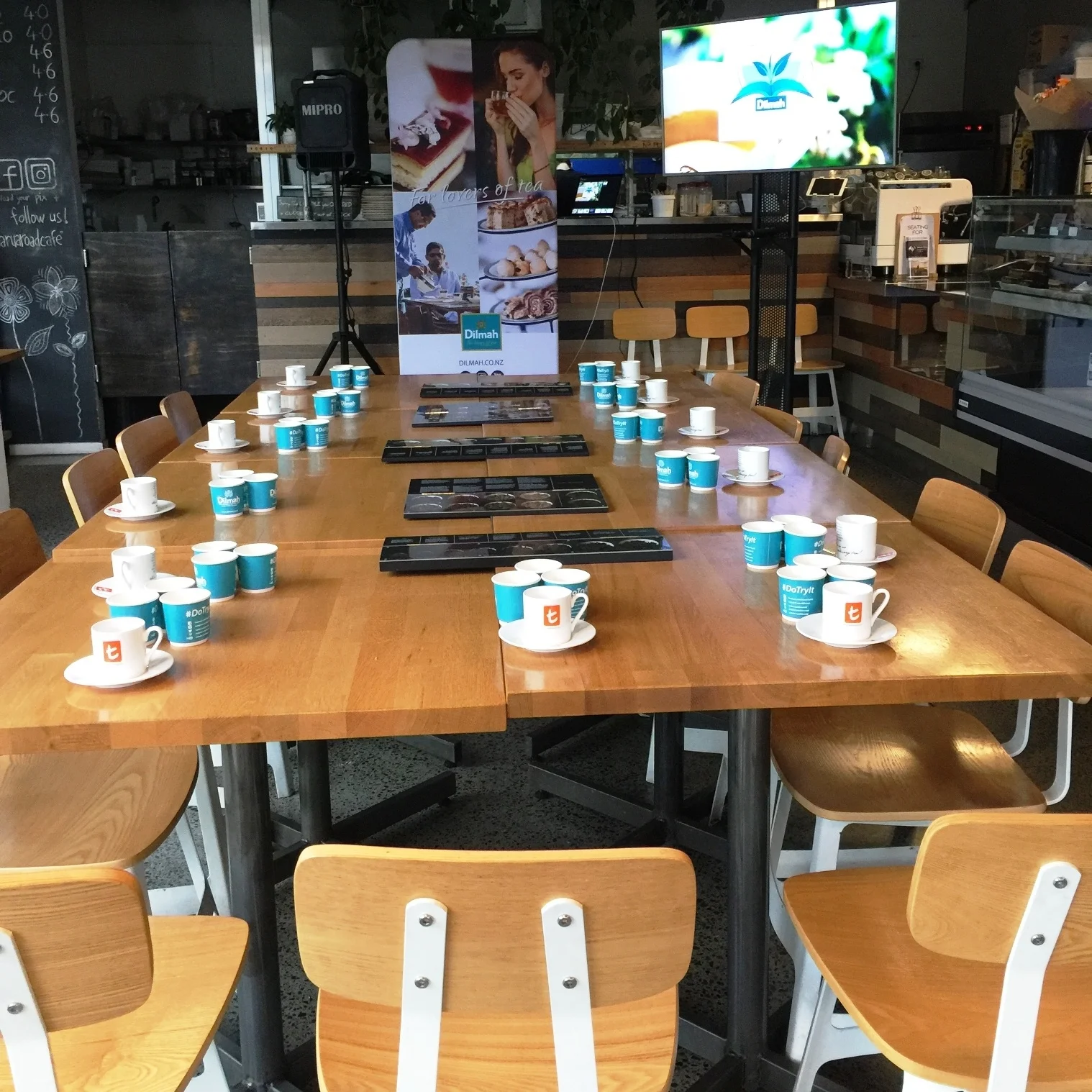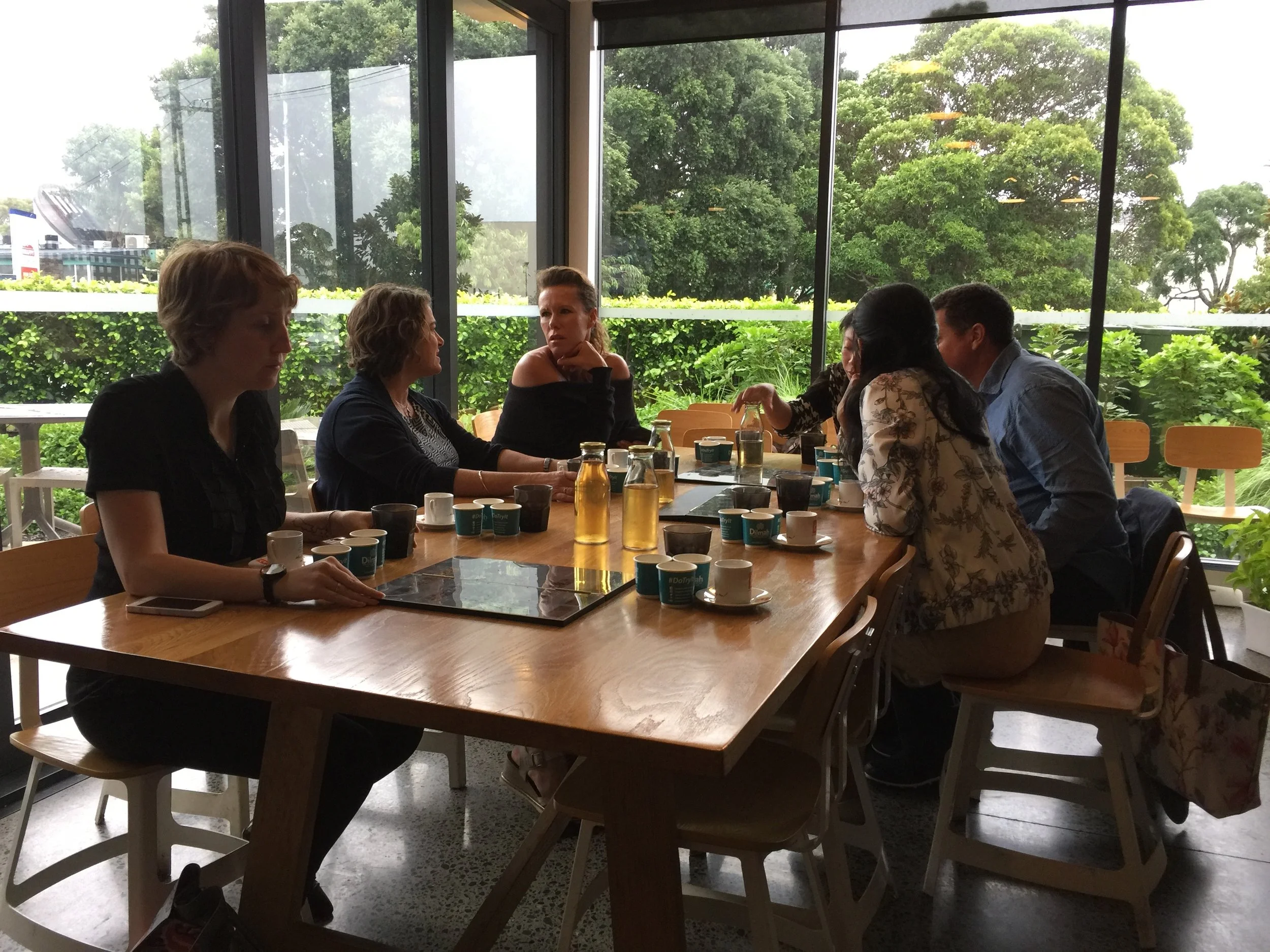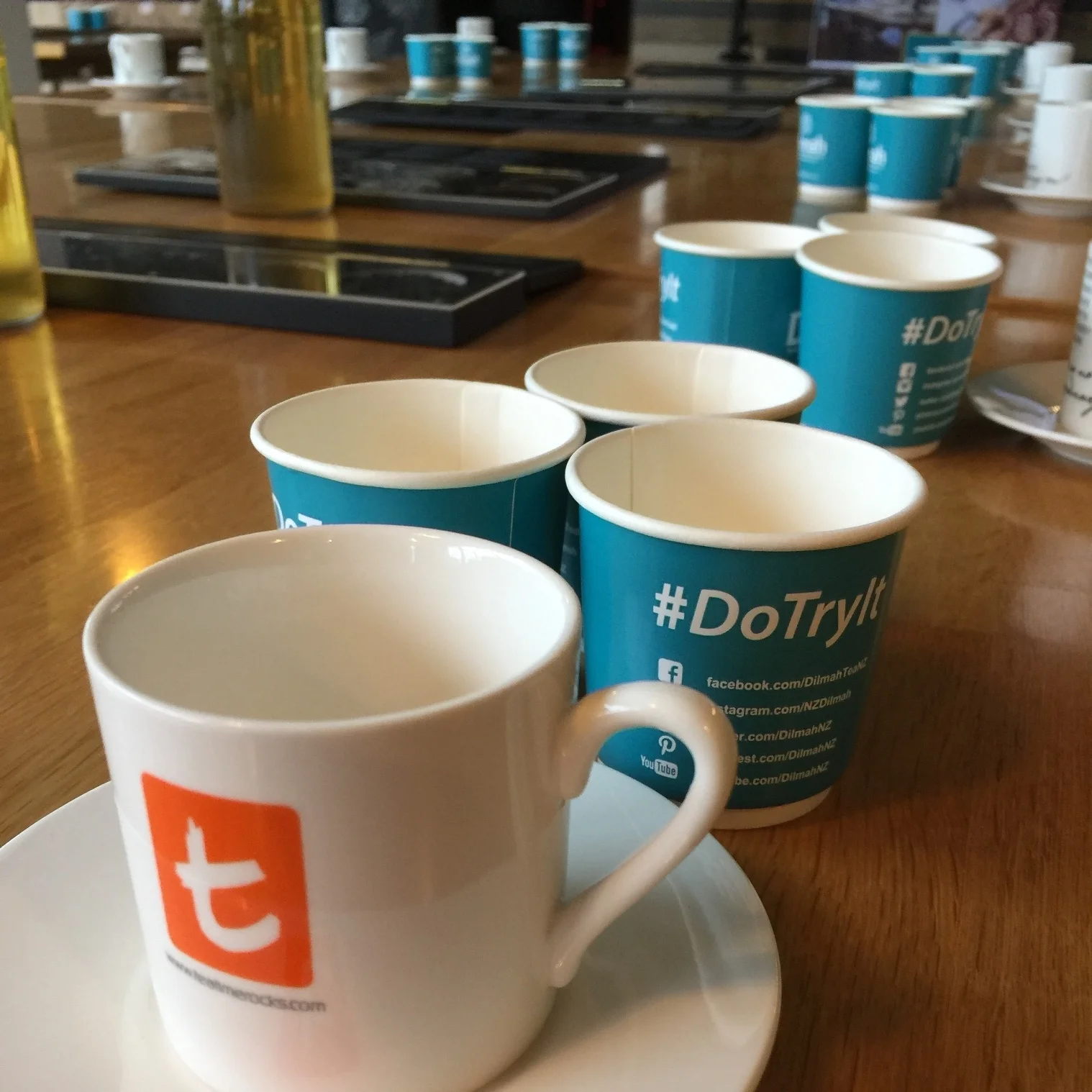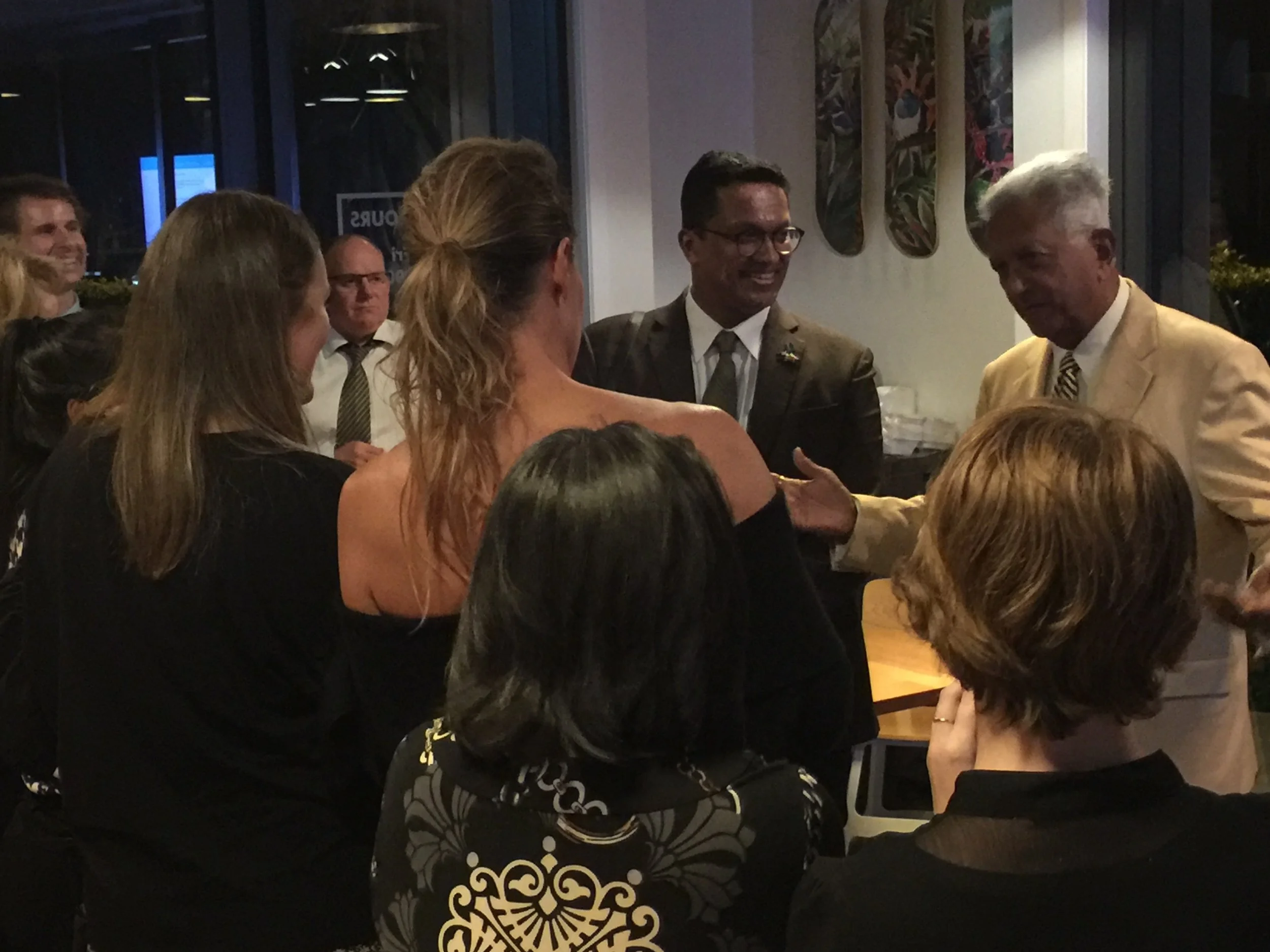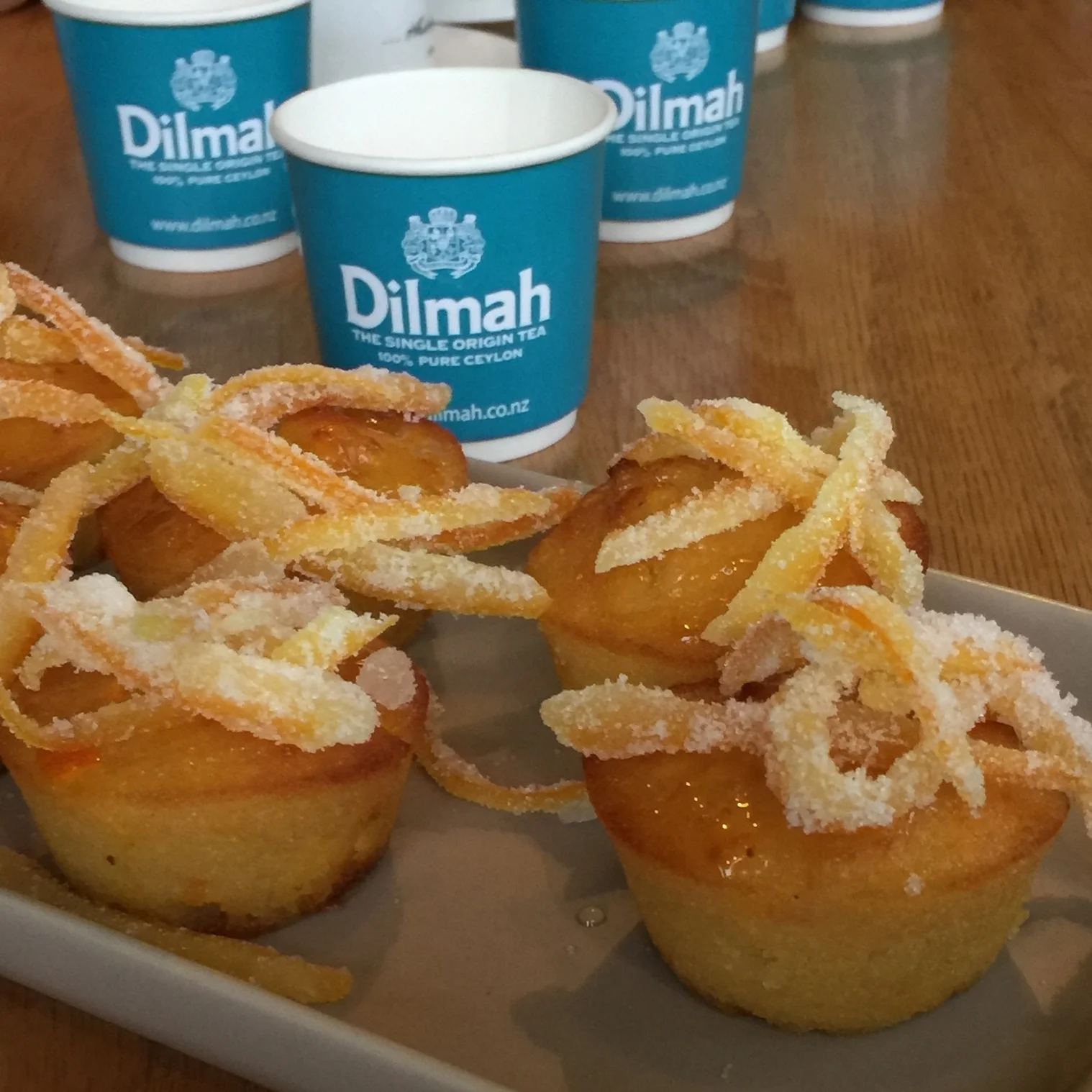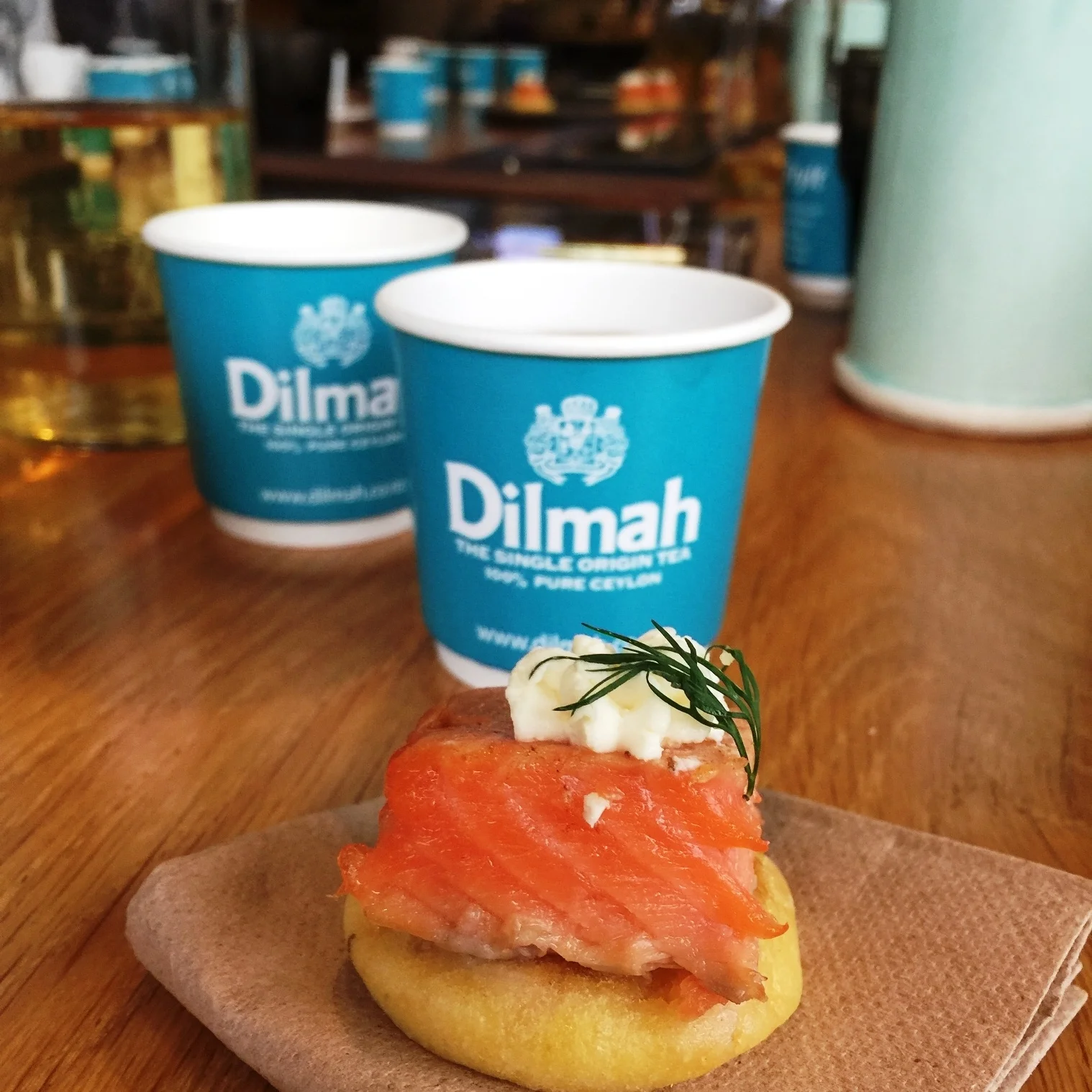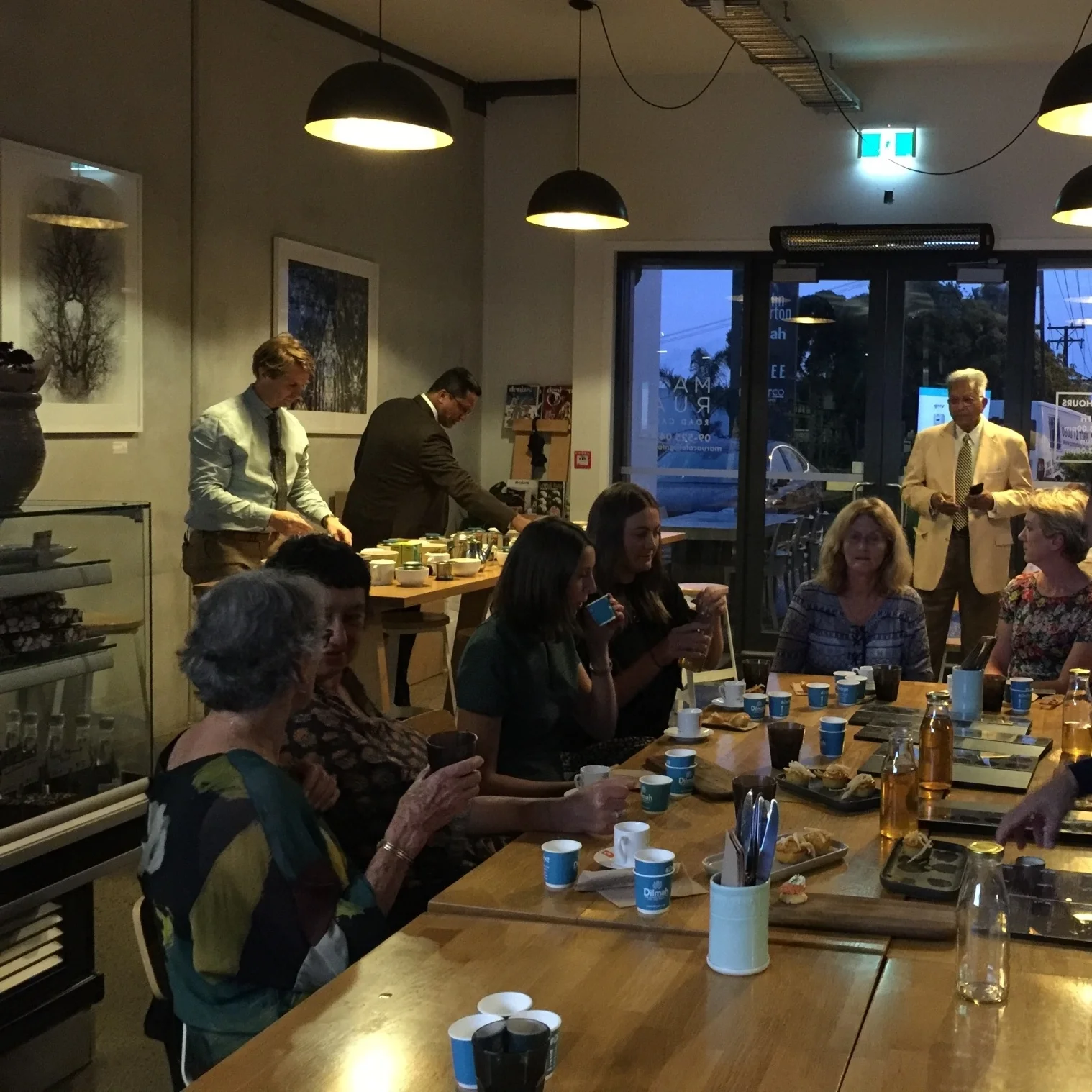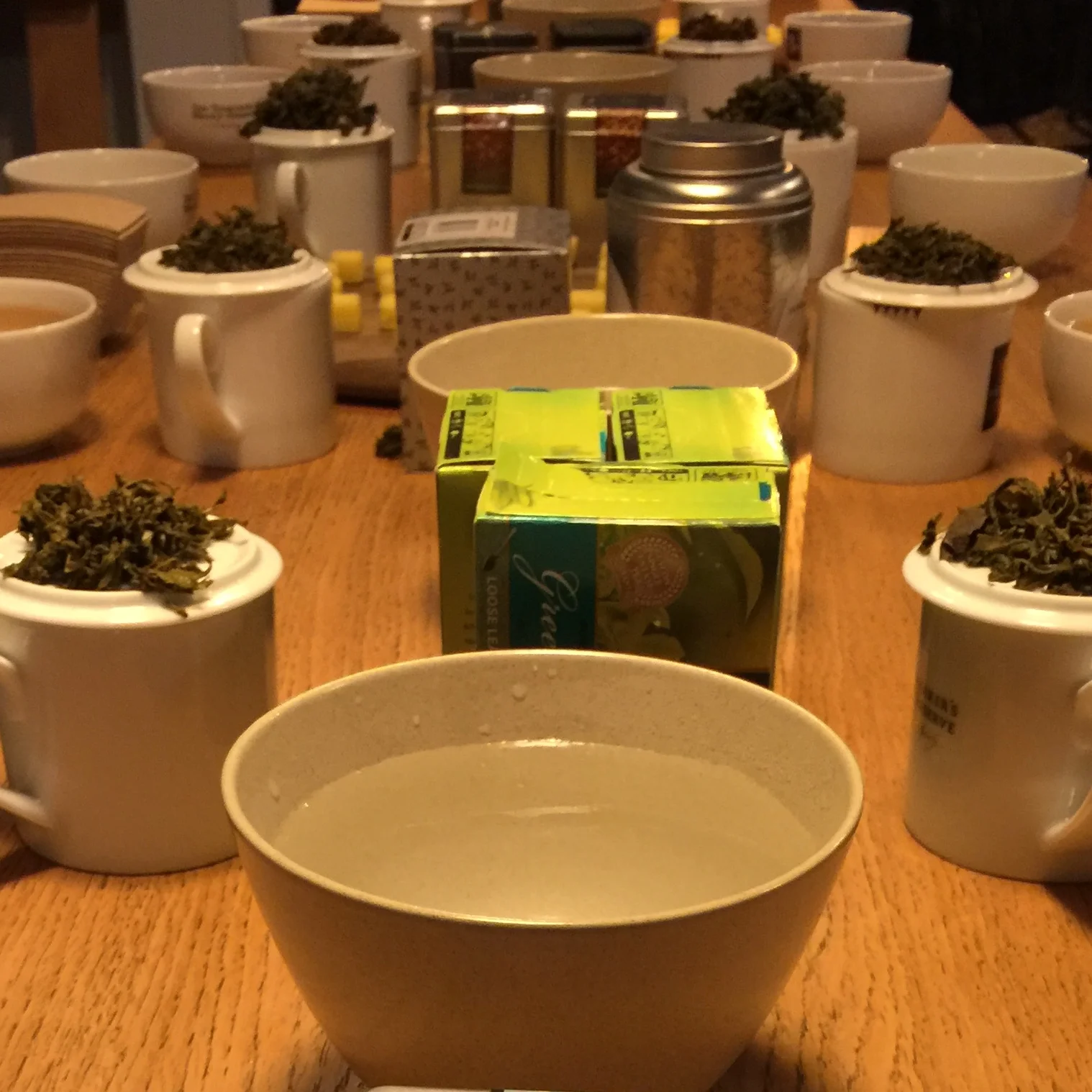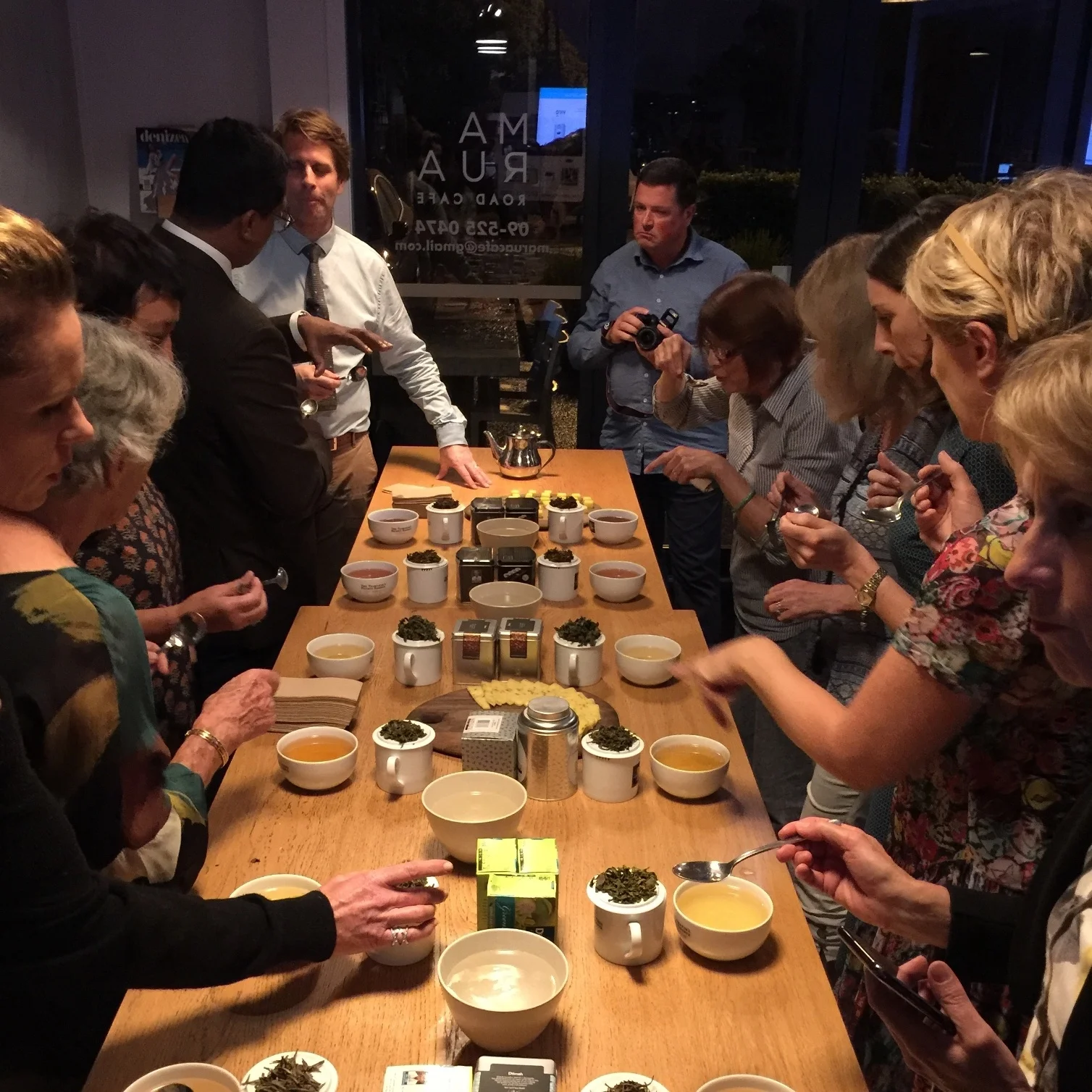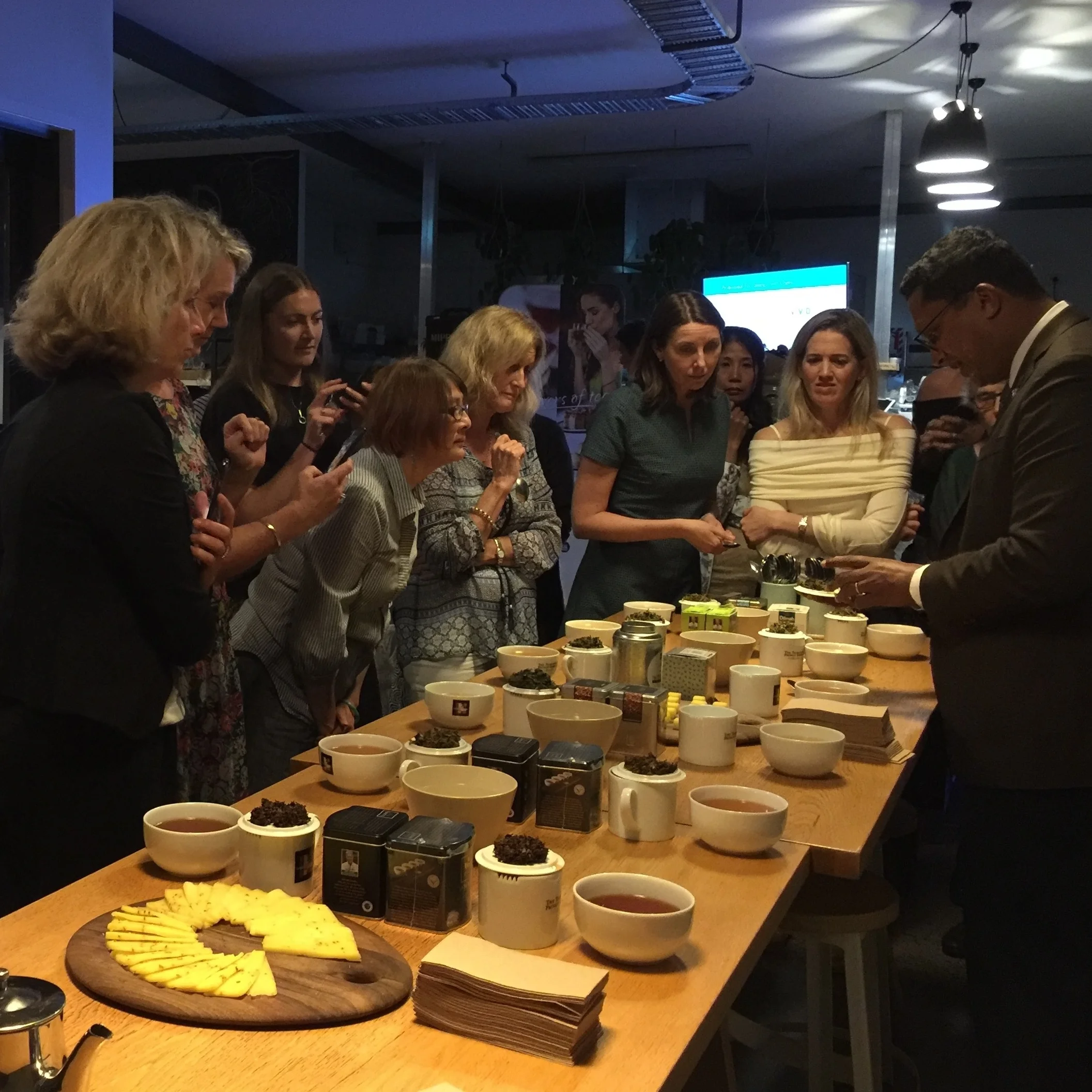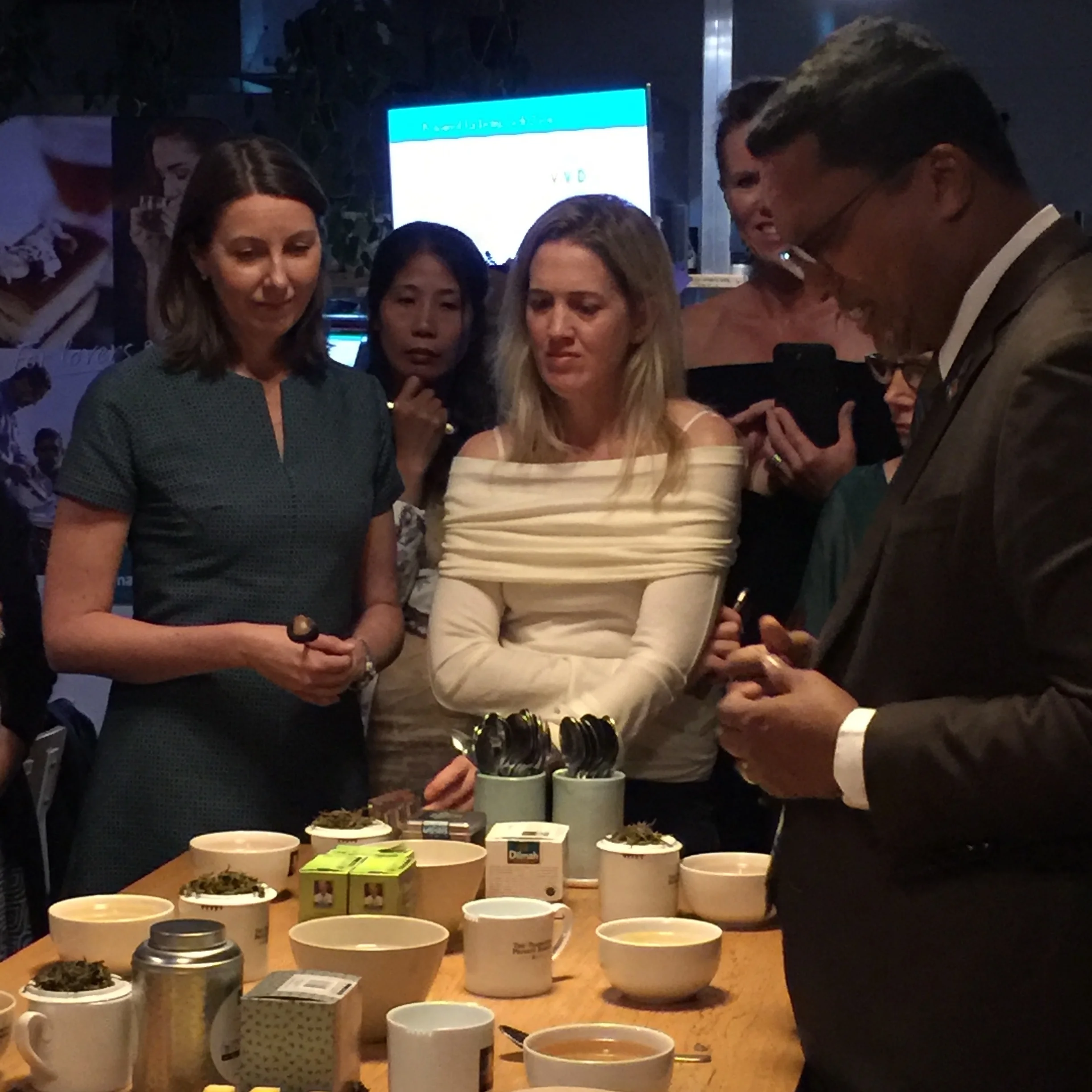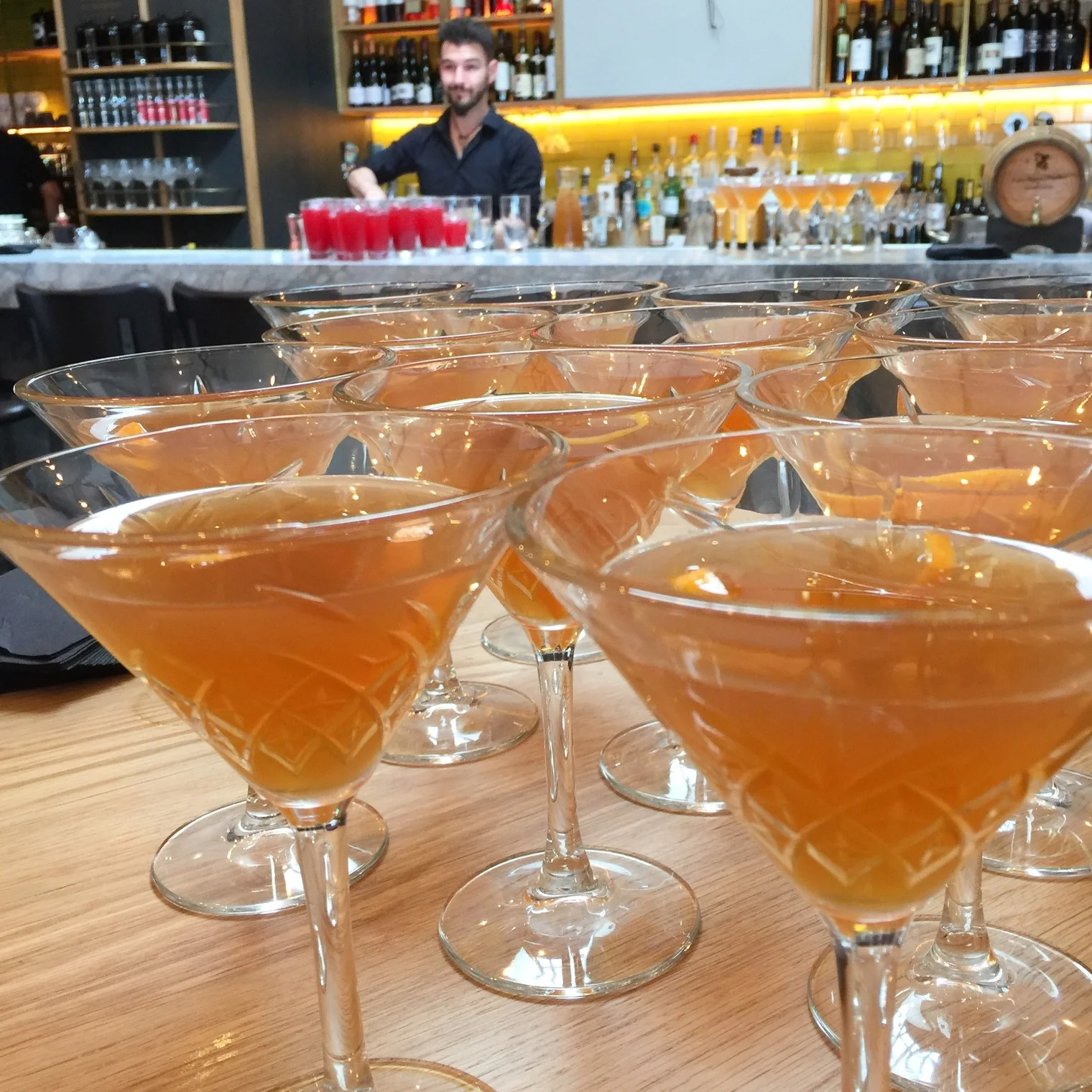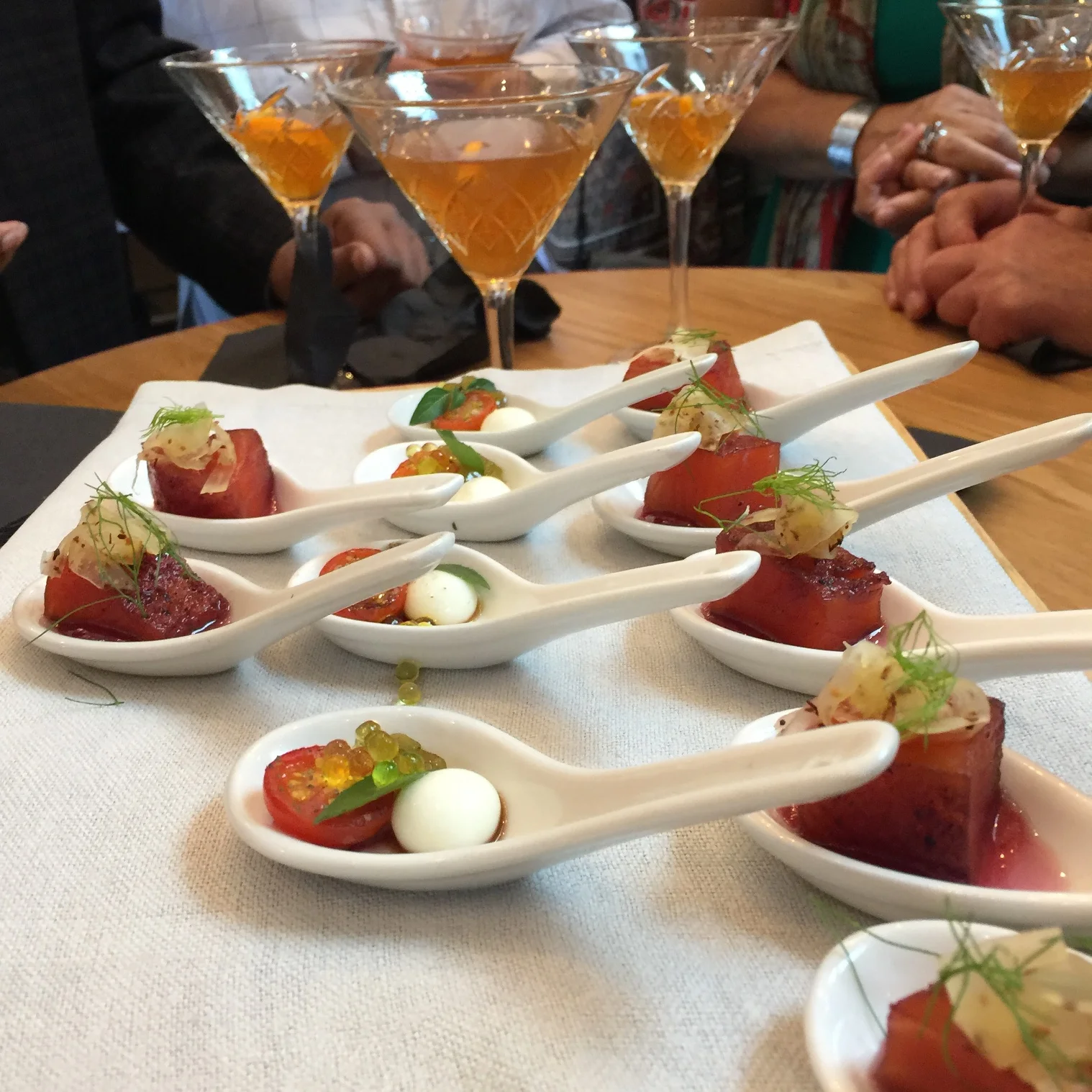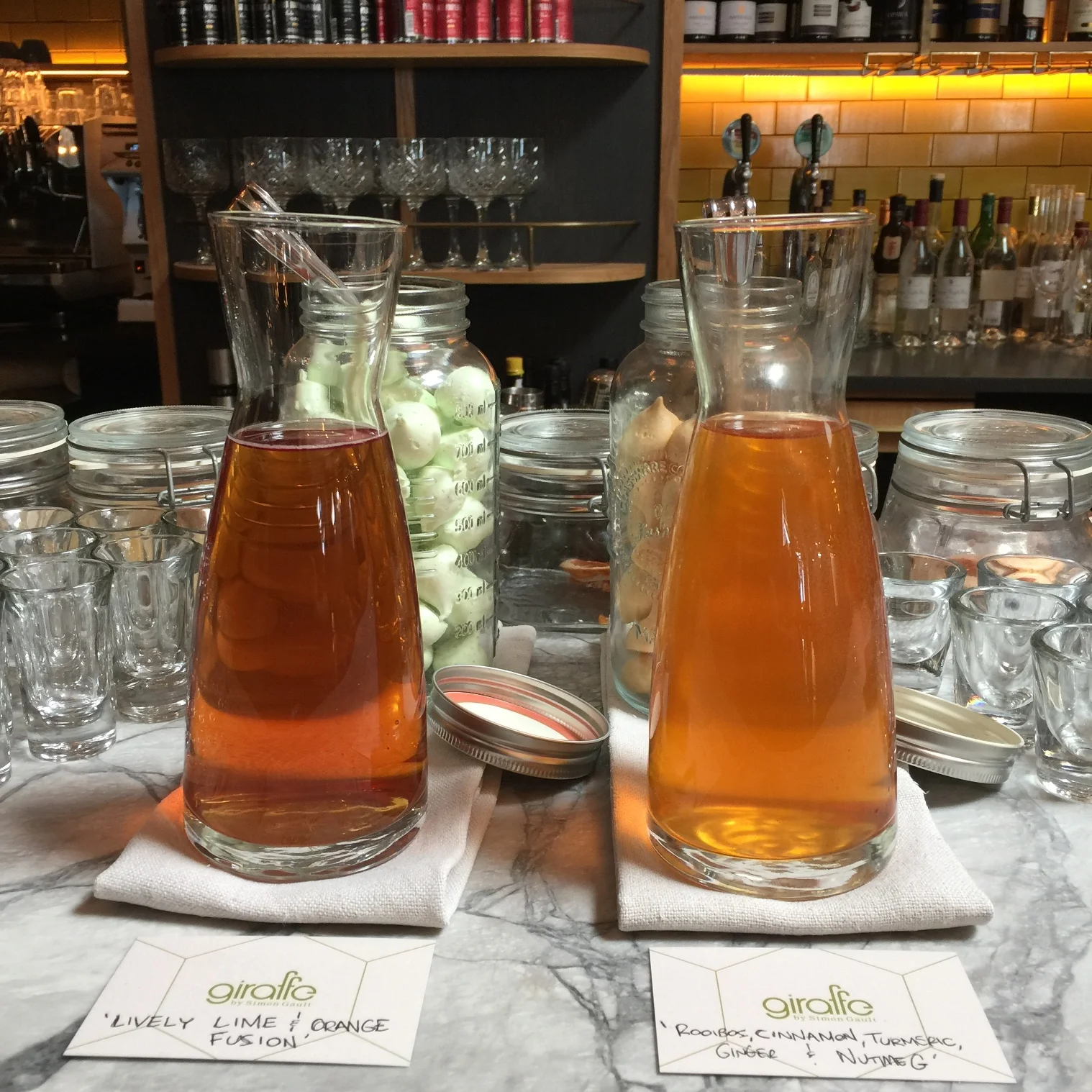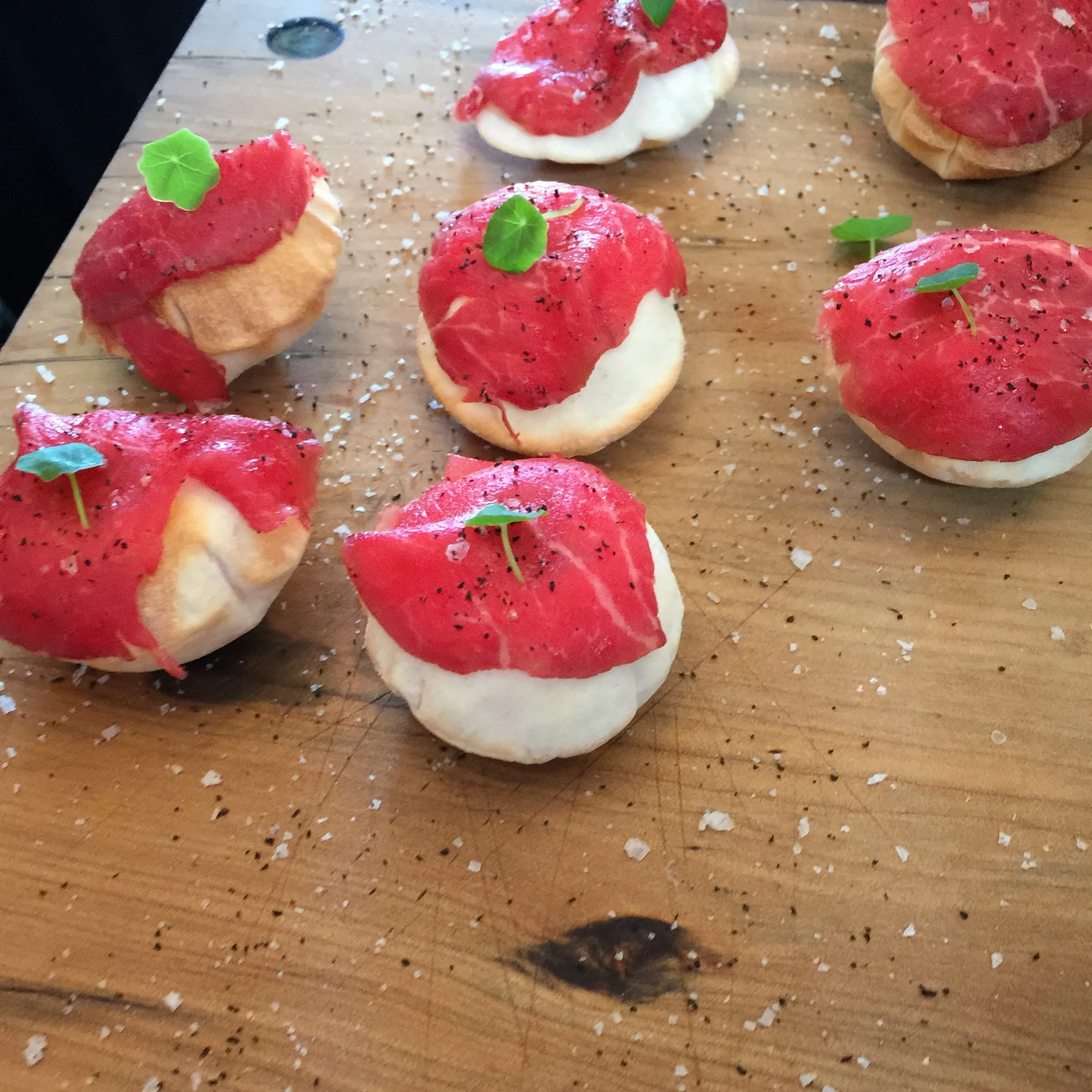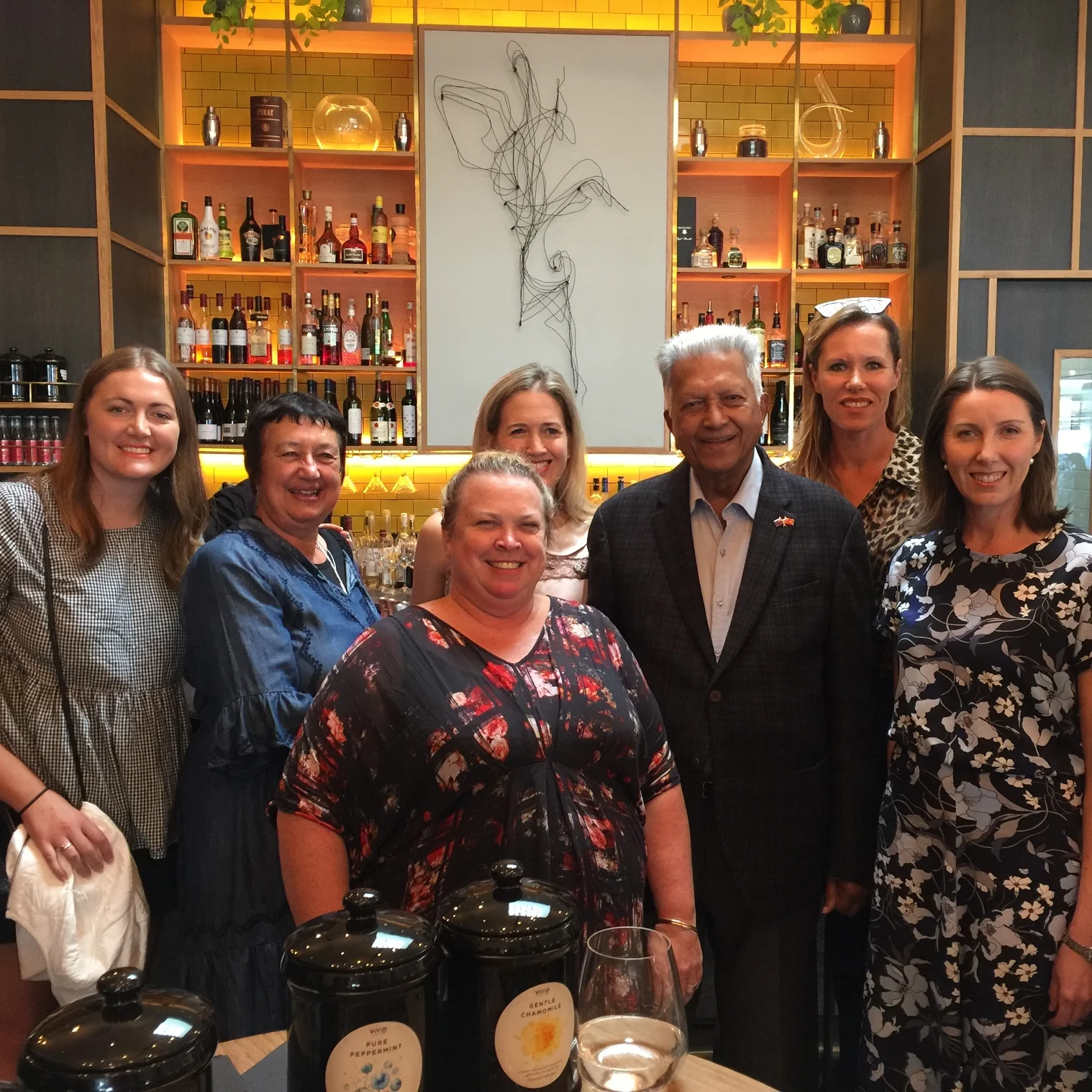The Science of Tea

Having navigated Auckland traffic, traversing half way across the city and back again in the pouring rain, one would be forgiven for calling it a day and heading straight home, but a Dilmah Masterclass in Tea Gastronomy beckoned.
The Dilmah Story
Working in tea plantations during your school holidays was a way of life in Sri Lanka. After decades of watching a small number of large corporates – traders not producers – exploit countries with tea plantations, and deceive innocent consumers with blended teas sold on the back of Ceylon’s reputation as the finest tea on earth, thirty years ago Merrill J Fernando launched his own brand of tea to stop the global commoditisation of tea in its tracks.
Dilmah – named after Merrill’s two sons Dilhan and Malik – was the first producer-owned tea brand to offer single origin tea grown, picked, processed and packed at the source in Sri Lanka. Not only did he want to provide consumers with a fresh, unblended, quality 100% Ceylon tea, Merrill wanted the workers, their families and local communities, and environment to benefit from the business too. Respected for the freshest quality and the philosophy behind the brand, the Dilmah family have poured their heart and soul into showcasing Ceylon tea, with New Zealand and Australia their first markets.
To read more about the MJF Charitable Foundation click here. For highlights from our Tea Gastronomy Masterclass keep reading.
Tea and Terroir
Not unlike the terroir of wine, climatic conditions – the saltiness of the air, the level of humidity, the intensity of the wind, and the temperature and type of soil – impact the flavour profile of tea. And like food and wine matching, we’re now seeing the chef, or the mixologist, use tea as a creative ingredient; pairing different types of tea with components of a dish to push and pull flavours.
Jasmine tea served with orange friands
We delighted in the aroma of earl grey tea blending with subtle smokiness of the salmon, bringing sharpness and zing to the warm notes from the salmon. As the antioxidants in tea emulsify fat, the tea was used to remove the fatty oil in the salmon to balance the sweetness.
Earl grey tea cured salmon on blinis
Tea and Cheese
To truly experience tea one must indulge the senses – sight, then smell and finally taste – to fully appreciate the flavour, but getting a room full of food lovers to 'slurp’ spoonfuls of tea was quite a challenge. We tried a number of different types of tea, paired with cumin gouda and a mature cheddar cheese to understand how the flavours of both the tea and cheese change when tasted separately, then together.
Tea Infused Cocktails
The following evening a few lucky members of Foodwriters NZ were invited to a cocktail party at Giraffe Restaurant in Auckland’s Viaduct Harbour, where we were treated to tea infused cocktails and tea inspired canapes.
It was a pleasure to have met Merrill J Fernando and his son Dilhan and to hear their story.
With members of Foodwriters NZ
Tea is the second most popular beverage after water. So with the Dilmah team of tasters tasting 11k samples of tea, week after week and the final tea tasted by Merrill himself, you owe it to them and yourself, to take time out to brew your tea and indulge in its intoxicating flavours.
Enjoy
Michelle
ps The invitation to attend a Dilmah Tea Masterclass was extended to members of Foodwriters NZ. As with every The Foodie Inc post, the views expressed here are those of the writer.
